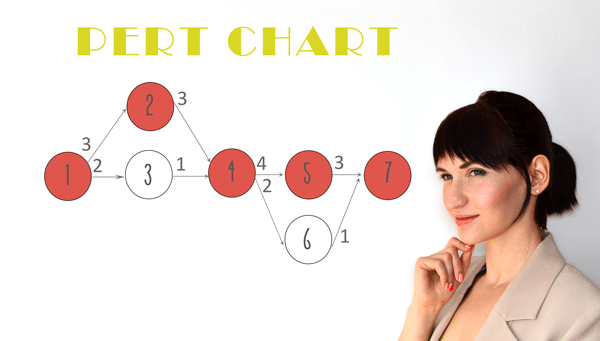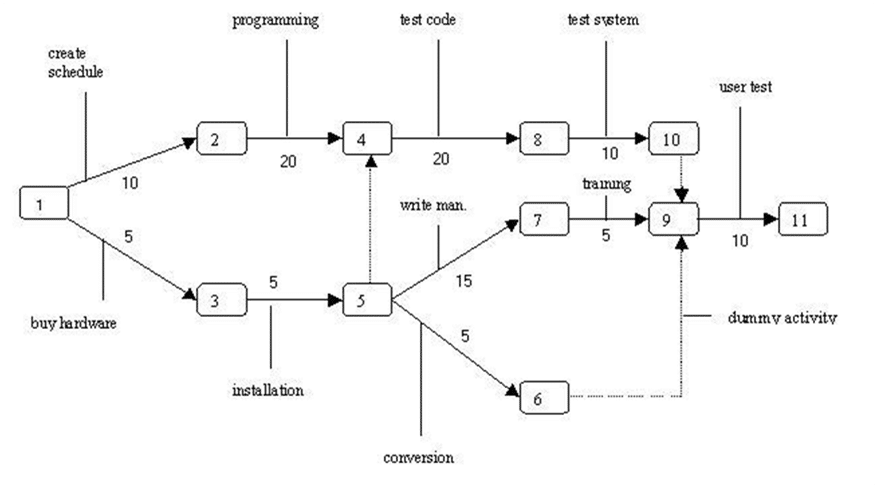PERT the Alternative to CPM

Project Management
In Project Management, before any of the project activities can be started, it is important to perform scheduling of these activities. For this purpose, one of the most commonly employed methods is the Critical Path Method (CPM).
CPM Scheduling
In CPM Scheduling, the critical path and activities are determined so as to determine which of the activities are vital for other activities to start of time and the project to finish in time. This technique is available in Project Management Software for scheduling purposes. However, this is not the only method for project planning.
PERT the Alternative to CPM
Another one of the methods used in project planning for scheduling purposes is called PERT, which stands for “Project Evaluation and Review Technique”.
While the CPM method uses the real time estimates using a deterministic mode, PERT makes use of random time estimates, which are more probabilistic in nature. While in CPM Scheduling, the activities are represented by the nodes and circles, in PERT these are represented with the use of arrowed lines between the nodes and circles.
By drawing a PERT Diagram, dependencies between the activities can be determined. There are some tasks that are dependent on others and require for some activities to be completed before they can start. However, there are others that can be performed simultaneously with other projects and are not dependent on any other activities. Such tasks are know as the parallel or concurrent tasks.
However, there are other tasks that are dependent on others and there is a sequence to their completion. Dotted lined represent such tasks in PERT and they are called dummy activities, as they are known to have event dependency. On one side of these dotted lines is a figure, which represented the time duration that has been allotted to the tasks.

When it comes to the PERT diagram, there are many components in it that represent different element s of the project. First and foremost, there are the rectangles with nodes. These are called nodes and they represent each of the activities or milestones in the project.
In case of the Critical Path Method, there are circles instead of the rectangles in PERT. The directional arrows in the above diagram represent the dependent tasks requiring sequential completion. The arrows that diverge represent the parallel or concurrent tasks. The dotted lines are those dependent tasks not in need of resources.
While with using CPM in CPM Scheduling Software, the time duration’s are given in a deterministic manner with an exact figure, PERT uses three time estimates for each activity. These are the most optimistic, most pessimistic and the most likely.
The time duration can then be found by using a formula that adds the three time estimates and divides the sum by 6. In PERT, one of the major assumptions is that the separate expected lengths of each of the activities gives you the expected length of the project. With PERT, the basic aim is the calculation of the duration for a project through calculations of standard deviation and variance and using probability tests for determining a final probability.
The method that PERT uses as the alternative to the CPM created by CPM Software is a little more complex that the Critical Path Method. It is because of this reason that in Project Management, the mot commonly used method is the PERT/CPM, which combines the techniques of PERT and CPM.
